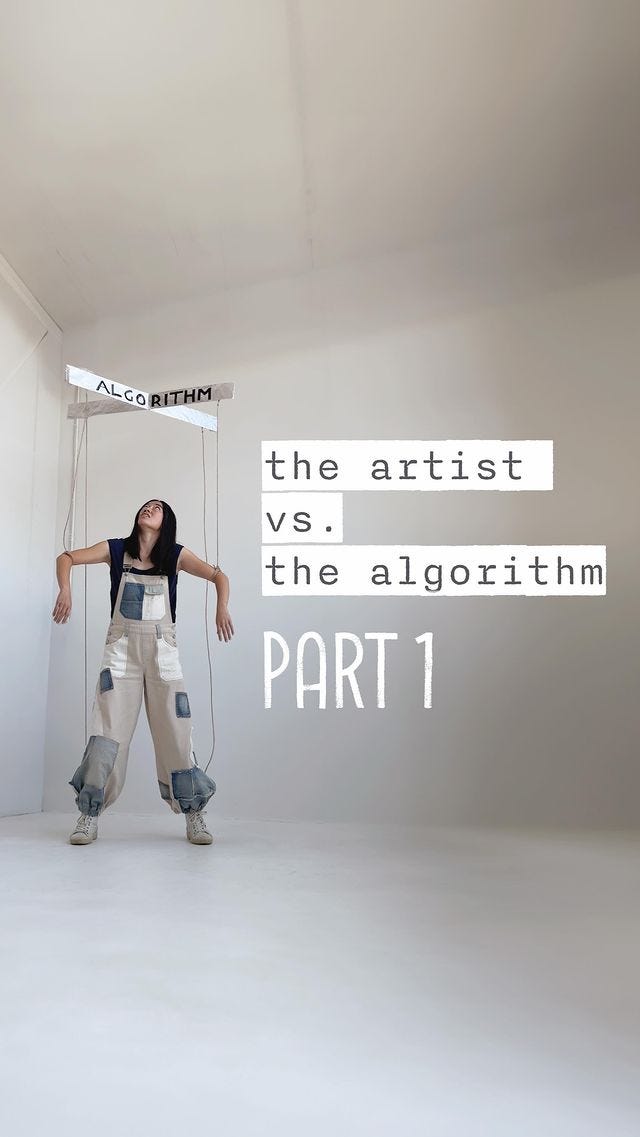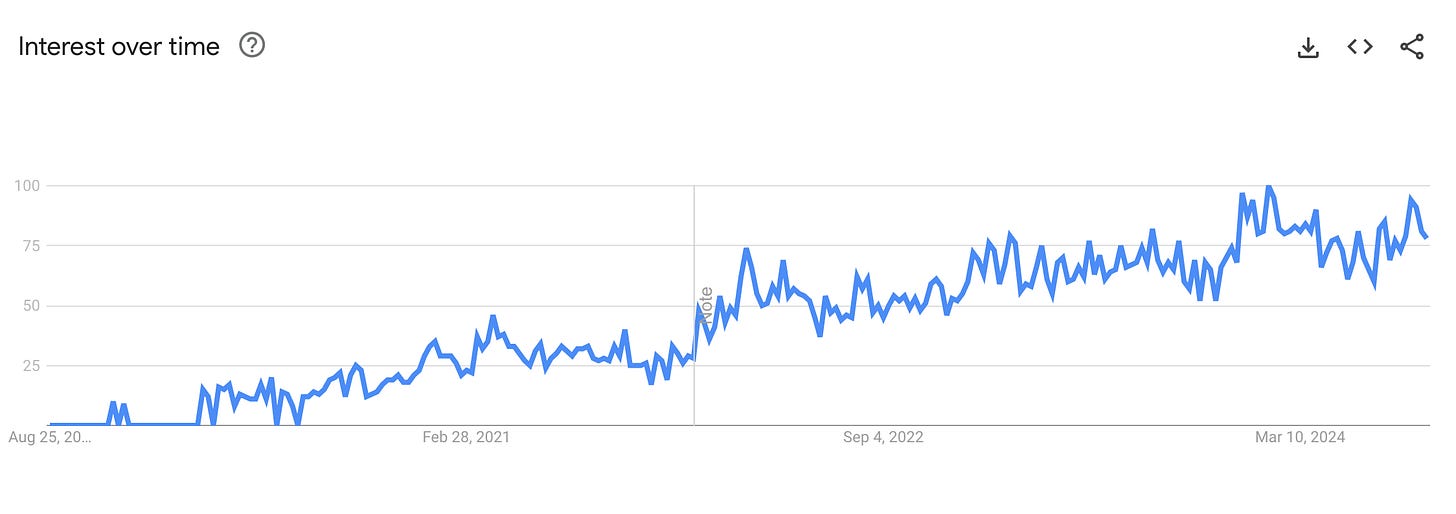Creating for the Algorithm or Creating for Oneself? The rise of micro-patronage
Tips and other "gratuities" for artists could lead to the emergence of an economy at the intersection of donation, patronage, and community support, independent of Instagram or TikTok.
Happy back-to-school season to everyone. You can also read this post in French. Things are moving fast in the world of content creators, who are increasingly making their voices heard against the platforms.
Karen X Cheng, a highly followed content creator, published a critical post against Instagram and TikTok. She highlights that the latest algorithmic changes on these platforms, which facilitate the discovery of content pushed in an endless stream of videos, are detrimental to artists. Content is becoming a commodity, independent of its creator.
Creating for the algorithm or… creating for oneself?
Karen X Cheng’s point of view reflects a general trend on social networks: users can publish content for their own enjoyment or to share something they want, but they urgently need to add content designed to feed the algorithm. This is necessary to avoid being penalized by the platform and to continue to benefit from wide distribution of their creations.
“One for me, one for the algorithm.”
Creators are pushed to publish content that meets the platforms' expectations by using favored formats. A Reel in light clothing can get more likes and be shown to a broader audience through the concatenation process. Face-to-camera videos, the testimonials of modern times, are designed to elicit algorithmic empathy.
But under these conditions, the artist could turn into a puppet with digital strings pulled by computers, fostering a form of creative populism rather than a sincere desire to showcase talent. And especially, it imposes a definition of beauty or noteworthiness through corrective logics against people's real desires.
It’s not surprising that more and more artists are deciding to stop feeding their social networks; by becoming invisible to the general public, some are becoming very hyped again and increasing their value in the art market.
A form of rebellion is beginning to rise across the world: the domestication of users can no longer rely solely on user experience or marketing considerations, but on a rebalancing of power with users, the primary stakeholders in the reputation of social networks.
Tips, gratuities, micro-support
Crowdfunding has already become well-established since its boom in the 2010s. Kickstarter and Ulule remain important for many entrepreneurs and project leaders. Even more ambitious is Vestiaire Collective's fundraising through Crowdcube, proving the new normal for investors.
Where this culture is at a turning point is in the ability to now encourage individuals to micro-invest in artists, creators, businesses, and projects in a much more accessible, widespread, and regular manner. Platforms like Buy Me A Coffee have been growing in popularity since 2020. Buy Me A Coffee literally allows people to buy a coffee (or 3, or 5) for someone, regularly or not. It’s an alternative to social media likes that can have a significant and real impact on the daily lives of creators, collectives, and artists, allowing them to focus on their work rather than migrating towards an advertising model.
This form of patronage brings back the idea of sympathy or a helping hand that happens in real life. Like paying a restaurant bill when you know a friend is going through a tough time, contributing a little to someone starting out, or being more generous at a vernissage. We are thus moving beyond the simple sale of digital files and entering a new relationship with money online: a way to support and buy the joy of continuing to enjoy the content of someone you appreciate.
From conversation sanctuaries to creation sanctuaries
We’ve already discussed the importance of conversation sanctuaries; these micro-donations could give rise to creation sanctuaries. Artist residencies are often an inaccessible luxury. These new platforms offer a credible alternative, allowing artists to focus on their projects while being supported by an audience that values ambition over the frequency of publication. Artistic liveness, in essence.
Ulule project of the week: Le Privilège de la Banane
Vu Quan Nguyen-Masse is releasing “a story about identity and assimilation in France” titled Le Privilège de la Banane, co-published with Banh Mi Édition. An important work for better understanding the diasporas here and elsewhere, which will also lead to a pre-launch event in Paris. Check out the project here. And follow Vu Quan’s Substack, which tells the fascinating (and courageous) genesis behind it.
Amazing links
I got to talk about Bella Hadid’s influence, the new global ambassador of the Chopard house (Vogue Business)
Lovers can now get married on the blockchain (Quartz)
The novel Panorama by Lilia Hassaine (Gallimard) explores a world where total transparency does not necessarily make the world better. A must-read for entertainment and to get another perspective on the balance between freedom and security.
Have a great week! This newsletter is written with love, passion, and green tea.
Feel free to share this newsletter, like, comment, or keep sending me emails: these notifications are a joy (and a micro-patronage).
My book “Alive In Social Media” is available on Amazon.





